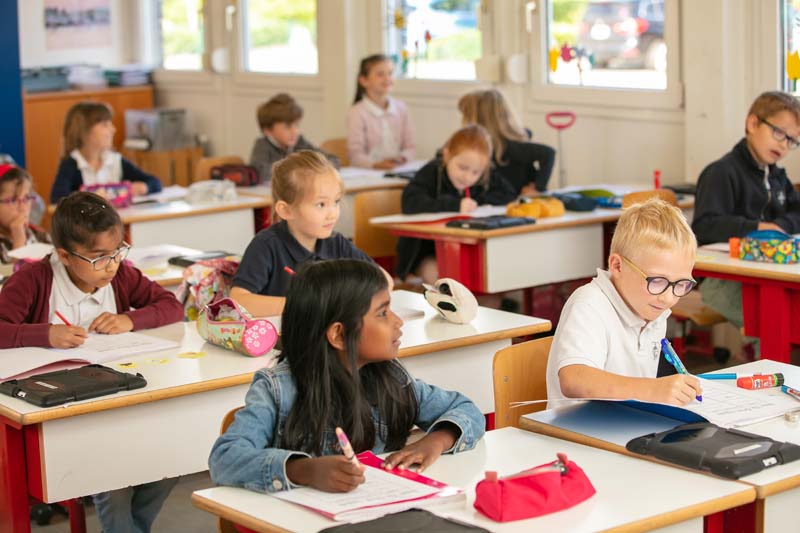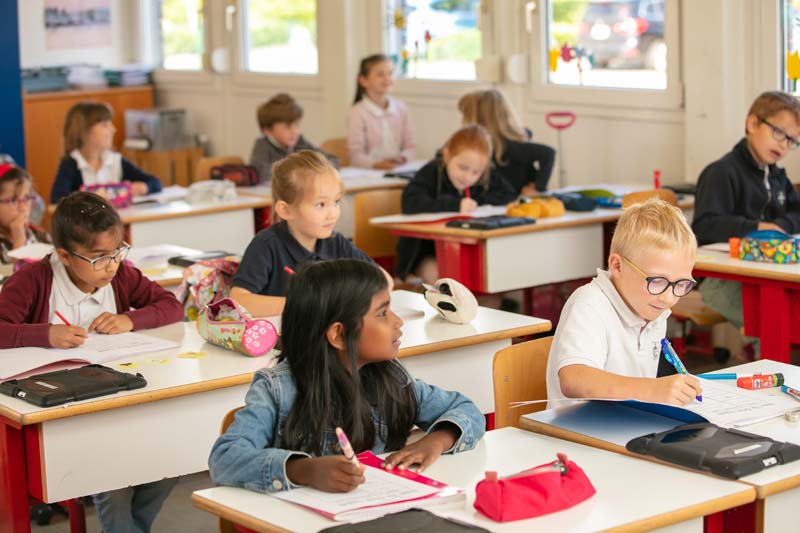We use cookies to improve your online experiences. To learn more and choose your cookies options, please refer to our cookie policy.

Does Class Size Matter? The Educational Impact of Teacher-Student Ratios Class sizes and the teacher-to-student ratio is an often-debated part of educational instruction – but what does the evidence say? We look at some of the research.
Common sense suggests that the fewer pupils a teacher has in their class, the better a teacher will be able to manage that class – leading to better educational outcomes. Despite researchers broadly agreeing on the principle that smaller class sizes see better results, there is an ongoing debate as to the ideal class size and the cost of implementing them.
In the article, we’ll summarise the results of academic research into class sizes and discuss the pros and cons of different teacher to student ratios.

Plenty of academic research has been dedicated to answering this question posed above. Whilst there is no magic number, it’s generally agreed upon that smaller class sizes are better for producing good academic outcomes and other positive educational measurements.
One example study comes from Tennessee STAR study - a four-year project involving 7,000 students and 81 schools. They reduced class sizes of 22 to 25 down to just 13 to 17. Significantly better academic outcomes were discovered for primary school children, with those from minority and lower-income backgrounds enjoying the biggest benefit.
It’s not just academic performance that improve either. Many believe that children are better able to focus and are less likely to be distracted if there are fewer children in the class. Research from 2011 supports this. A study published in the Educational Evaluation and Policy Analysis Journal found that smaller eighth-grade classes bring improvements to pupil engagement across a number of measurements.
Finally, smaller class sizes appear to be supported by teachers. In a Launch Michigan survey of over 6,000 educators, 80% said that reducing class sizes would be the best way to improve schools.
The research suggests smaller class sizes are better, but what real-world benefits do they bring? What counterpoints are there that suggest a school should go with larger class sizes? Here are the pros and cons of reducing the number of pupils in each class.
More attention for each child
Fewer children in the class means more one-to-one tuition time from the teacher. Teachers can tailor their instruction based on the individual needs of the children in the class, giving more of their resources to those that are struggling.
Teachers can control the class
Teachers are more able to control the entire class, with fewer children to keep an eye on and fewer minds to keep engaged.
Fewer distractions for children
For the students, focusing on the teacher and what they’re learning is much easier with fewer children around them. In large classes, it’s easy for small pockets of disruption to occur and harder for a teacher to extinguish potential distractions.
Greater levels of participation
Quieter children can sometimes be side-lined by large class sizes. If they’re uncomfortable speaking in large groups or won’t speak up in a room of children competing for attention, they can quickly be lost. With smaller class sizes, every child has more opportunity to participate.
Less time wasted means more material covered
All the above points add up to less time wasted. Minimising distractions means the teacher can run through the material of the lesson faster. This allows more material to be covered and children to gain a deeper level of understanding.
Better grading
Larger class sizes mean more exams and essays to mark. With so many papers to grade, teachers have no choice but to spend less time on each one. Reducing the class sizes reduces the number of papers a teacher must mark. With more time to dedicate to each one, they can offer more tailored feedback to each student.
Less diversity
Larger class sizes allow you to broaden the scope of the students within each lesson, allowing for a greater diversity of people. Different children bring different perspectives and life experiences to the classroom, making for a richer learning environment.
Cost of hiring
One of the biggest drawbacks of reducing class sizes is cost. A lower teacher to student ratio means schools will have to invest in more teachers. At public schools funded by the taxpayer, this can be a contentious issue.
Cost of building
Another incurred cost from smaller class sizes comes in the form of building and maintenance. Smaller class sizes mean more classrooms are required in each school. If the school doesn’t have the space, they may have to invest in building more – bringing added costs to the school.
Lower quality of teachers
Some people suggest that in hiring more teachers, you lessen the chance of each child getting a good education. With only so many quality teachers out there, you risk lowering the quality of hire if you are required to bring more in.
One of the most important ways in which private schools differentiate themselves from public is the size of each class. A public school may have a class filled with as many as 30 students, particularly in cities and busy urban areas. A private school puts greater emphasis on smaller class sizes of around 20 and often even fewer.
At public schools, where taxpayer’s money is being spent, class sizes are a much more controversial issue. The financial drawbacks of smaller class sizes are under the microscope, making it more of a balancing act between educational outcomes and responsible budgeting.
Private schools have much more flexibility to adjust their teacher to student ratio and focus on academic outcomes.
Each Nord Anglia Education school finely balances their class sizes to ensure the best possible educational outcomes for your child. For more information on class sizes and the teacher to student ratio of your nearest Nord Anglia school, head to our schools page.